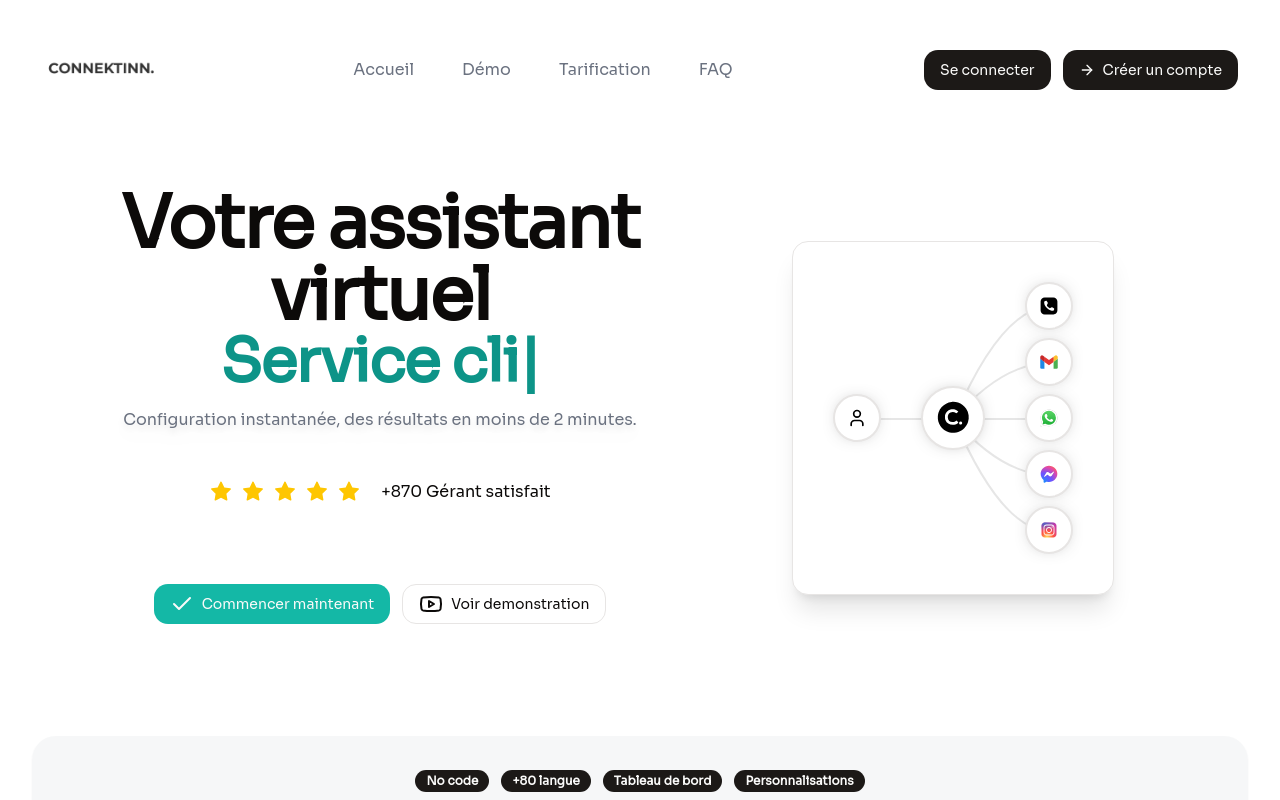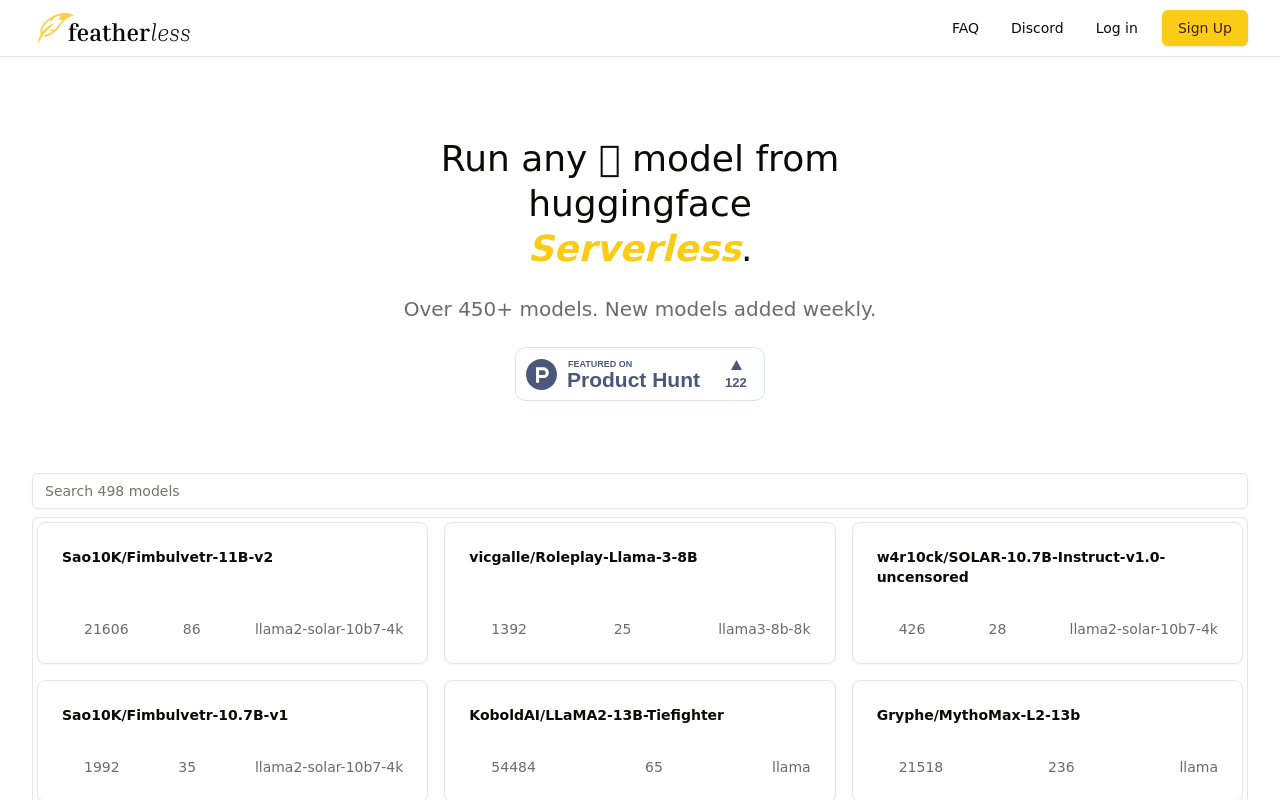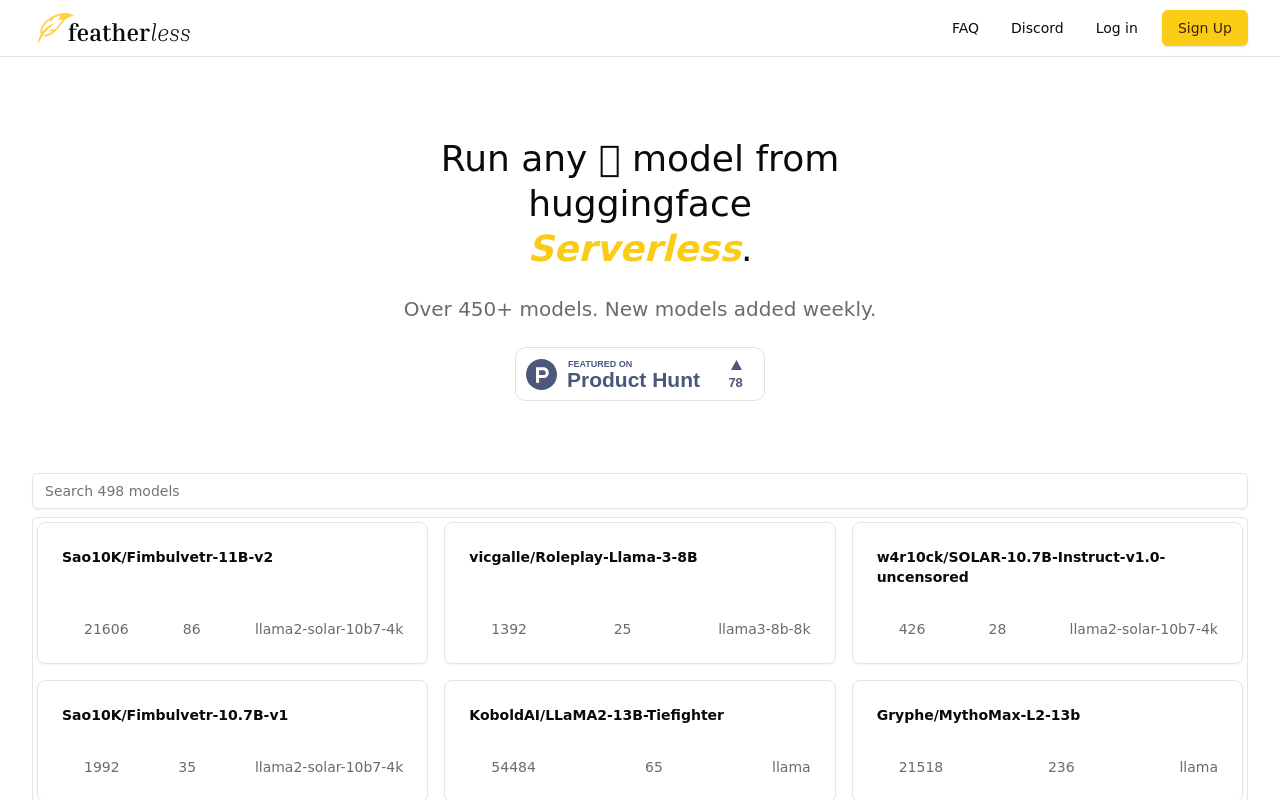MindPal’s ‘Creating Assessment Tasks Based on Learning Objectives’
Transform your assessment creation process with MindPal's comprehensive workflow template.
Best for:
- Educators
- Curriculum Developers
- Academic Professionals
Use cases:
- Creating Valid Assessments
- Streamlining Evaluation Processes
- Enhancing Learning Outcomes
Users like:
- Academic Departments
- Online Learning Platforms
- Professional Development Programs
What is MindPal’s ‘Creating Assessment Tasks Based on Learning Objectives’?
Quick Introduction
MindPal’s ‘Creating Assessment Tasks Based on Learning Objectives’ is an innovative workflow tool designed for educators, instructional designers, and academic professionals who want to create more effective assessments aligned with specific learning objectives. As educators, the main challenge often lies in ensuring that assessments truly measure the intended skills and knowledge. This tool leverages Bloom’s Taxonomy to help users define clear, measurable learning objectives and create corresponding assessment tasks. Its streamlined approach transforms the quality and relevance of academic evaluations and contributes greatly to improved learning outcomes.
With this workflow, you are guided through a step-by-step method that simplifies the complexity of creating assessments. Whether you are a teacher aiming to measure student’s critical thinking abilities or a curriculum developer working on standardized tests, MindPal ensures that your assessments are clear, relevant, and measurable. This tool is particularly valuable in higher education settings, e-learning platforms, and professional development courses where precision and curriculum alignment are crucial.
Pros and Cons
Pros:
- Clear Alignment with Objectives: Ensures that assessments are directly tied to learning goals, improving their validity and reliability.
- Time-Efficient: Streamlines the creation process, reducing the time spent on developing and validating assessments.
- Improves Student Outcomes: By targeting the right cognitive skills, it contributes to more meaningful learning experiences for students.
Cons:
- Learning Curve: Users unfamiliar with Bloom’s Taxonomy may need some initial training to fully utilize the tool.
- Template Limitations: The predefined structure might be too rigid for highly customized assessment needs.
- Dependence on Platform: Effectiveness is maximized when used within the MindPal ecosystem, potentially limiting standalone functionality.
TL;DR
- Aligns assessments with learning objectives.
- Simplifies the assessment creation process.
- Enhances educational outcomes.
Features and Functionality
- Learning Objectives Generator: Utilizes Bloom’s Taxonomy to help you develop precise, measurable objectives.
- Assessment Task Creator: Develops assessment tasks specifically designed to measure the defined objectives, ensuring relevance and accuracy.
- Data-Driven Insights: Offers analytical tools to improve teaching practices by providing actionable data on student performance.
- Customizable Templates: Allows addition of personal data and further customization, enhancing contextual relevance.
- Team Collaboration: Facilitates sharing and collaborative refinement of assessments among educators.
Integration and Compatibility
MindPal’s ‘Creating Assessment Tasks Based on Learning Objectives’ integrates seamlessly within the MindPal productivity platform. This integration assures educators can leverage additional AI tools and data analytics MindPal offers. It is optimized for use with common educational technologies and Learning Management Systems (LMS) like Moodle, Blackboard, and Canvas, enhancing its utility across various educational environments.
Benefits and Advantages
- Targeted Learning: Ensures assessments are closely tied to desired cognitive skills and knowledge areas.
- Efficiency: Streamlines the development process, saving valuable time for educators and allowing more focus on teaching.
- Enhanced Learning Outcomes: Provides data-driven insights, improving alignment between teaching methods and evaluation.
- Hands-On Customization: Personalizes assessments with customized data, increasing relevance and engagement.
- Collaborative Features: Enhances teamwork among educators, improving the assessment quality through collective input.
Pricing and Licensing
MindPal offers a flexible pricing model for the ‘Creating Assessment Tasks Based on Learning Objectives’ workflow. Free Tier allows basic access for small teams and individual educators, providing limited functionality. The Professional Tier includes advanced features and integrations, available on a monthly or annual subscription basis.
Do you use MindPal’s ‘Creating Assessment Tasks Based on Learning Objectives’?
Larger educational institutions can opt for the Enterprise Tier, featuring comprehensive support and full integration capabilities.
Support and Resources
MindPal provides robust support options, including an extensive knowledge base with tutorials and help docs. There is a responsive customer service team available via email and chat for troubleshooting and queries. A dynamic community forum facilitates peer support and information exchange among users.
‘Creating Assessment Tasks Based on Learning Objectives’ as an Alternative to:
Compared to traditional assessment creation methods, this tool streamlines and refines the process significantly. Unlike generic templates offered by various LMS platforms, MindPal’s workflow offers a higher degree of customization and alignment with learning objectives, ensuring fair and valid assessments. This precise alignment offers a unique advantage over competitive tools in the EdTech market.
Alternatives to ‘Creating Assessment Tasks Based on Learning Objectives’
- Google Forms with Rubrics: Ideal for educators seeking a free, flexible tool but requires significant manual setup and lacks alignment features.
- Quizlet: Great for creating interactive learning tasks and quizzes but lacks the comprehensive alignment with specific learning objectives.
- Kahoot!: Engages students through gamified learning and assessments but is more suitable for formative than summative evaluations.
Conclusion
MindPal’s ‘Creating Assessment Tasks Based on Learning Objectives’ significantly elevates the quality and relevance of academic assessments. Its ability to streamline the alignment between evaluation and learning goals ensures fair, valid, and meaningful assessments. Ideal for educators in various settings, this tool enhances educational outcomes, saves time, and fosters improved teaching practices. If you’re looking for a comprehensive solution to refining your assessment processes, MindPal is the way to go.



